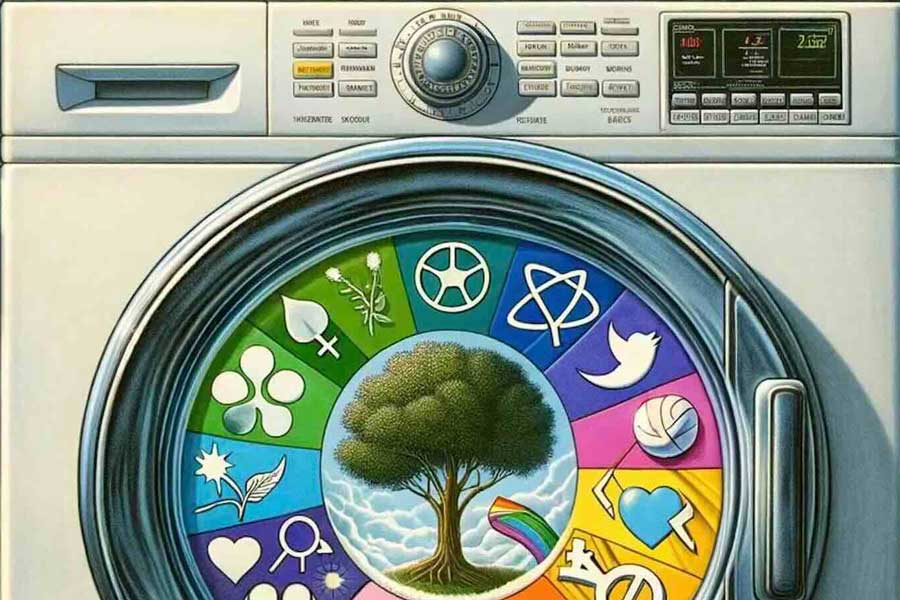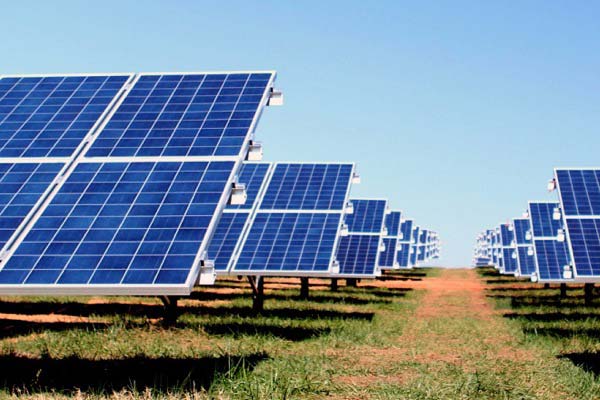Historic Shift in EU Electricity Generation
According to climate think tank Ember ( https://ember-climate.org/ ), power generation from burning coal, oil, and gas fell by 17% in the first six months of 2024 compared to the same period the previous year. This continued transition away from polluting fuels has contributed to a one-third reduction in the sector’s emissions since the first half of 2022.
An analyst at Ember highlighted the rapid transformation occurring within the power sector. “We are witnessing a historic shift in the power sector, and it is happening rapidly,”. The report revealed that EU power plants burned 24% less coal and 14% less gas from the first half of 2023 to the first half of 2024. This shift comes despite a slight increase in electricity demand, which followed two years of decline due to the pandemic and the Ukraine war.
“If member states can maintain momentum in wind and solar deployment, then freedom from fossil power reliance will truly start to come into view,”.
The European Union, while being one of the largest historical contributors to greenhouse gas emissions, has also set some of the most ambitious targets to transition to a clean economy. The Russian invasion of Ukraine has further accelerated this shift, with European leaders reinforcing their commitment to renewable energy through stronger rhetoric and more flexible permitting rules.
Despite the boom in solar power, the wind industry has faced challenges, particularly high inflation and opposition from politicians and the public. In 2023, the EU installed a record 16.2 GW of new wind power capacity, as reported by Wind Power Europe. However, this figure represents only half of what was needed to meet climate targets set for the end of the decade.
Renewable energy targets are achievable with proper policy measures
The Intergovernmental Panel on Climate Change (IPCC) and the International Energy Agency have modelled scenarios showing that most of the electricity required for a clean economy will come from solar panels and wind turbines.
A scientist at Denmark Technical University and co-author of an IPCC report chapter on energy systems commented on the significance of this development. “Strong winds were prevalent during the first six months of 2024 in northern Europe, where most wind energy is generated. The ‘crossing of the lines’ demonstrates that the EU’s electricity transition is possible, and we should not give in to pessimism. The renewable energy targets that must be met are substantial but achievable with the proper policy measures”.
As Europe continues to advance in its renewable energy journey, policy measures must support the sustainable growth of both wind and solar industries to ensure the long-term success of the continent’s clean energy transition.



